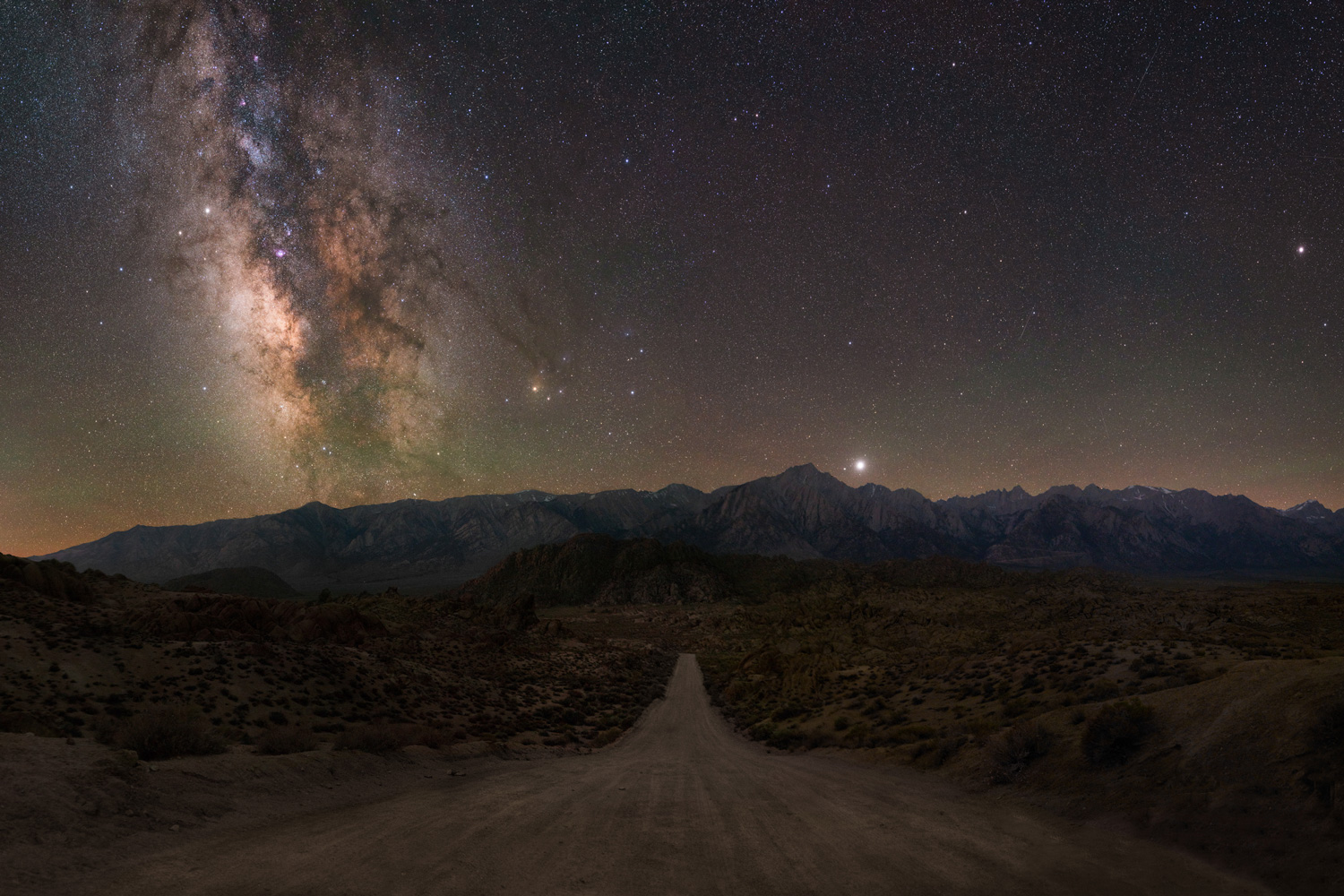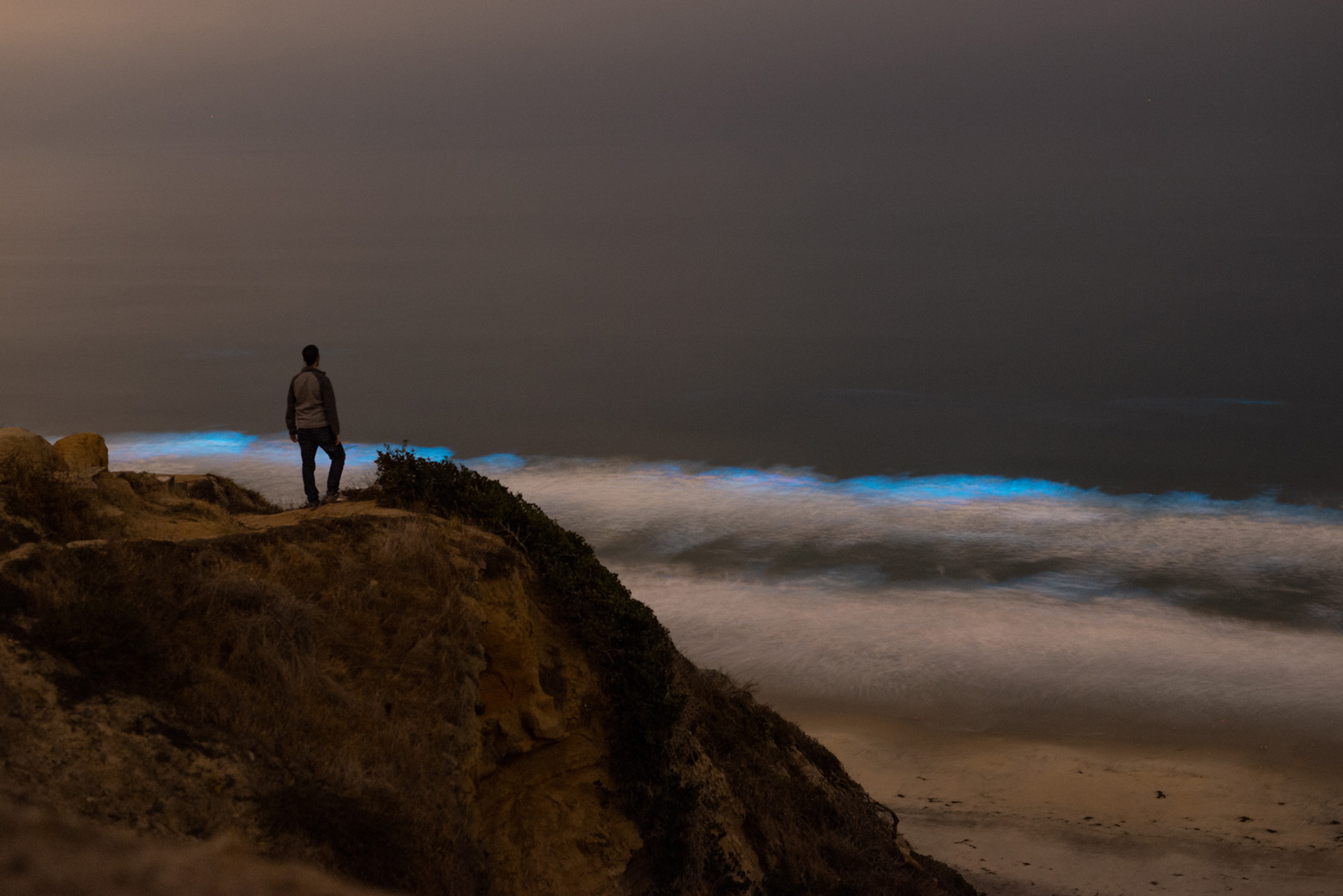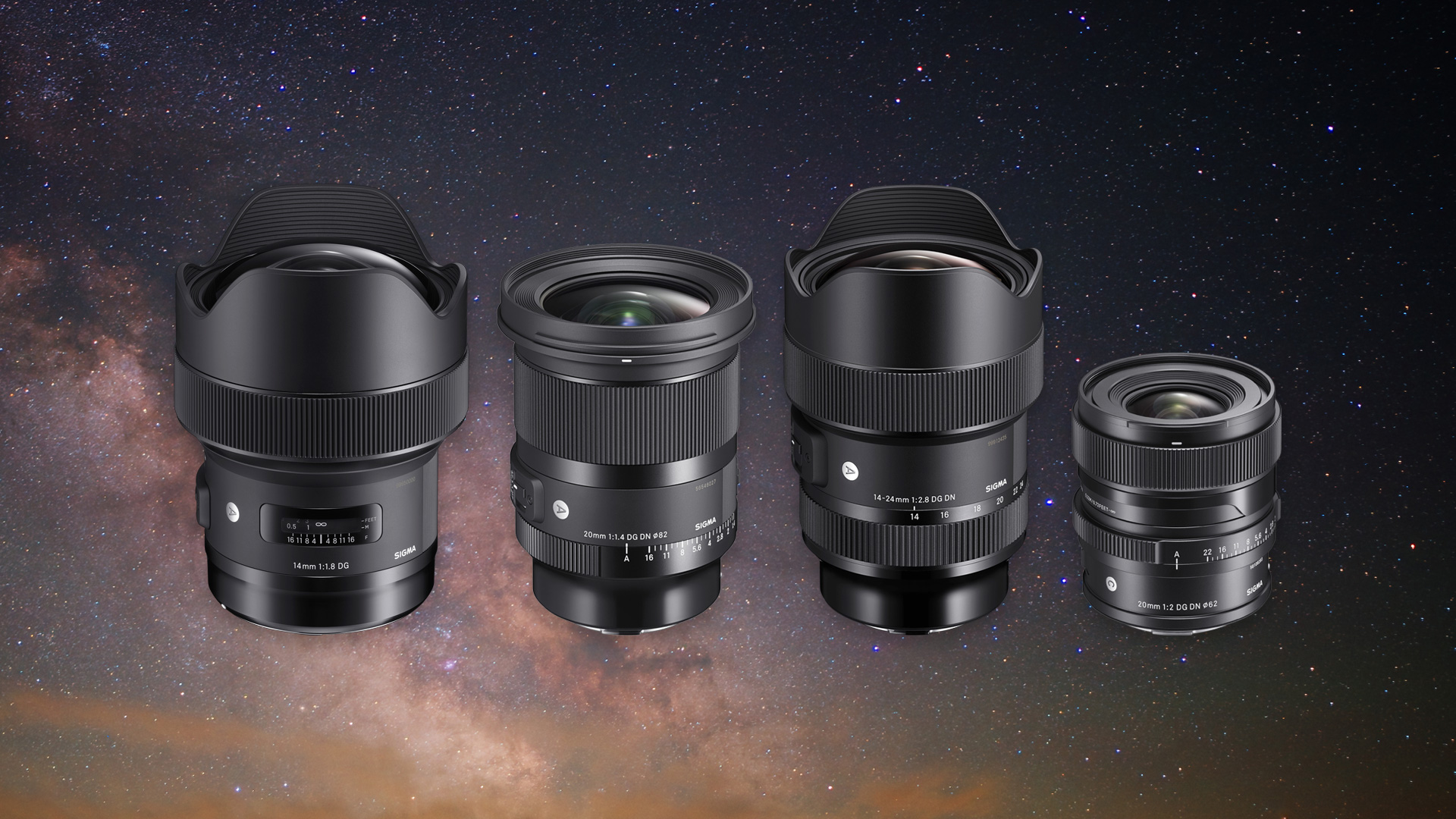This article was published December 16, 2022 and reflects products available at the end of the 2022 calendar year.
Deciding which lens is right for you isn’t always an easy choice, and when you consider the precision required for astrophotography, that decision can be even more challenging. Fortunately, I’ve been able to shoot with a large selection of lenses in the SIGMA lineup over the years. So, if you’re looking for the next astro lens in your bag, or if you’re considering a lens and you’re curious how it performs under the stars, look no further.
The below galleries contain some of my favorite astro images captured with SIGMA gear, plus my thoughts on my personal experience with each specific lens, and links to even more images and useful information. Hopefully this guide will help you decide which lens (or two!) is the right one for you.
Jump to learn more about each lens
SIGMA fp & fp L Cameras
Before we get into lenses, it’s worth talking about the SIGMA fp and it’s 61-megapixel sibling, the SIGMA fp L. When you’re searching for dark skies, packing light and being able to rely on your gear is extremely important, and this is the smallest, most robust series of full-frame mirrorless cameras you can get.
Admittedly, I don’t own one (yet), but I’ve loved getting to bring one along whenever possible. Pairing one of these camera bodies up with any of the all-metal SIGMA I series lenses (I personally love the 20mm F2 DG DN | C) makes for an incredibly compact combination, but Art lenses are equally at home on these tiny camera bodies.
I’ve shot the Milky Way under totally dark skies, bioluminescence under moonlight, and video in some crazy wind and snow in Iceland with the fp. Writing this has definitely made me realize I need to work on adding one to my bag full time.
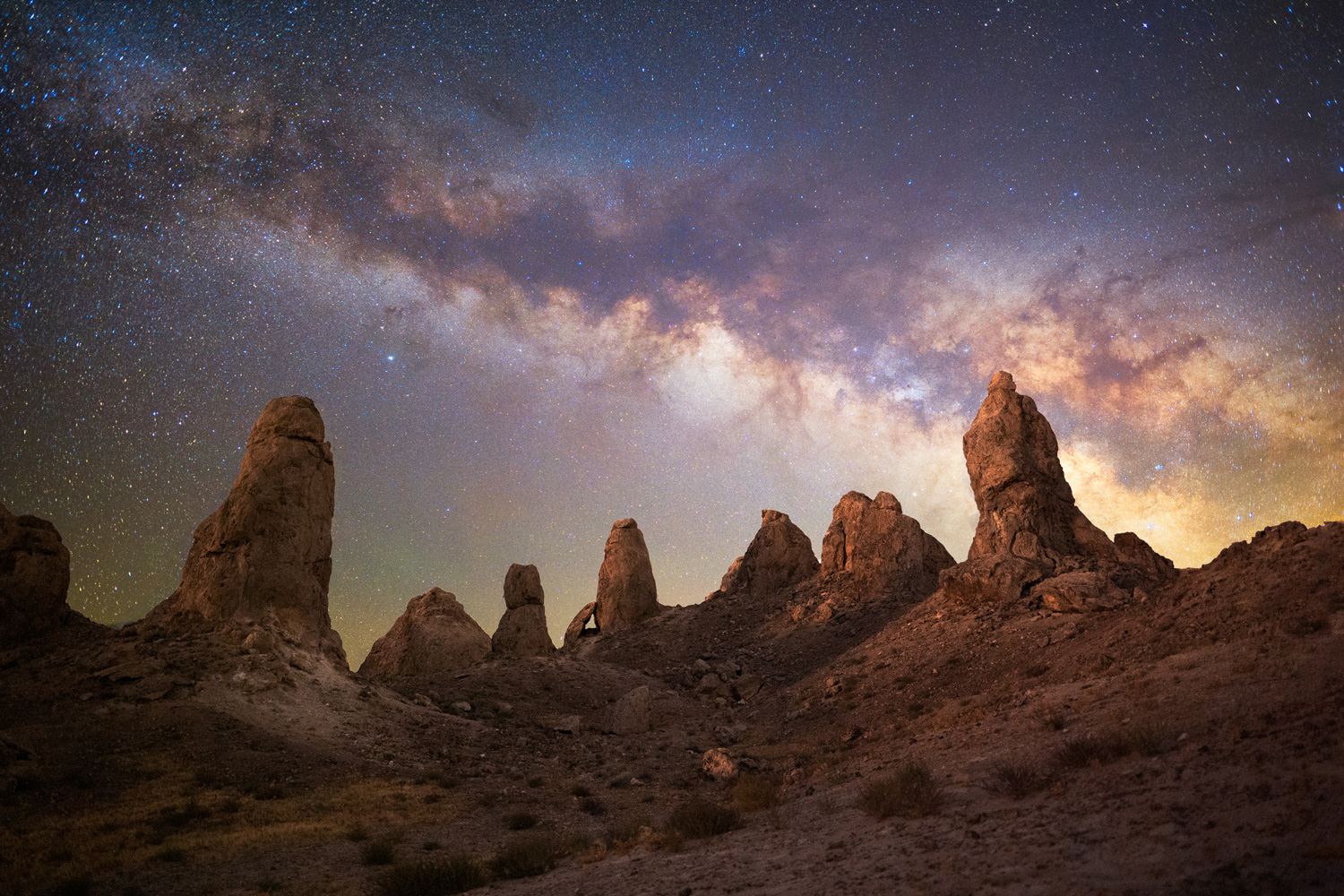
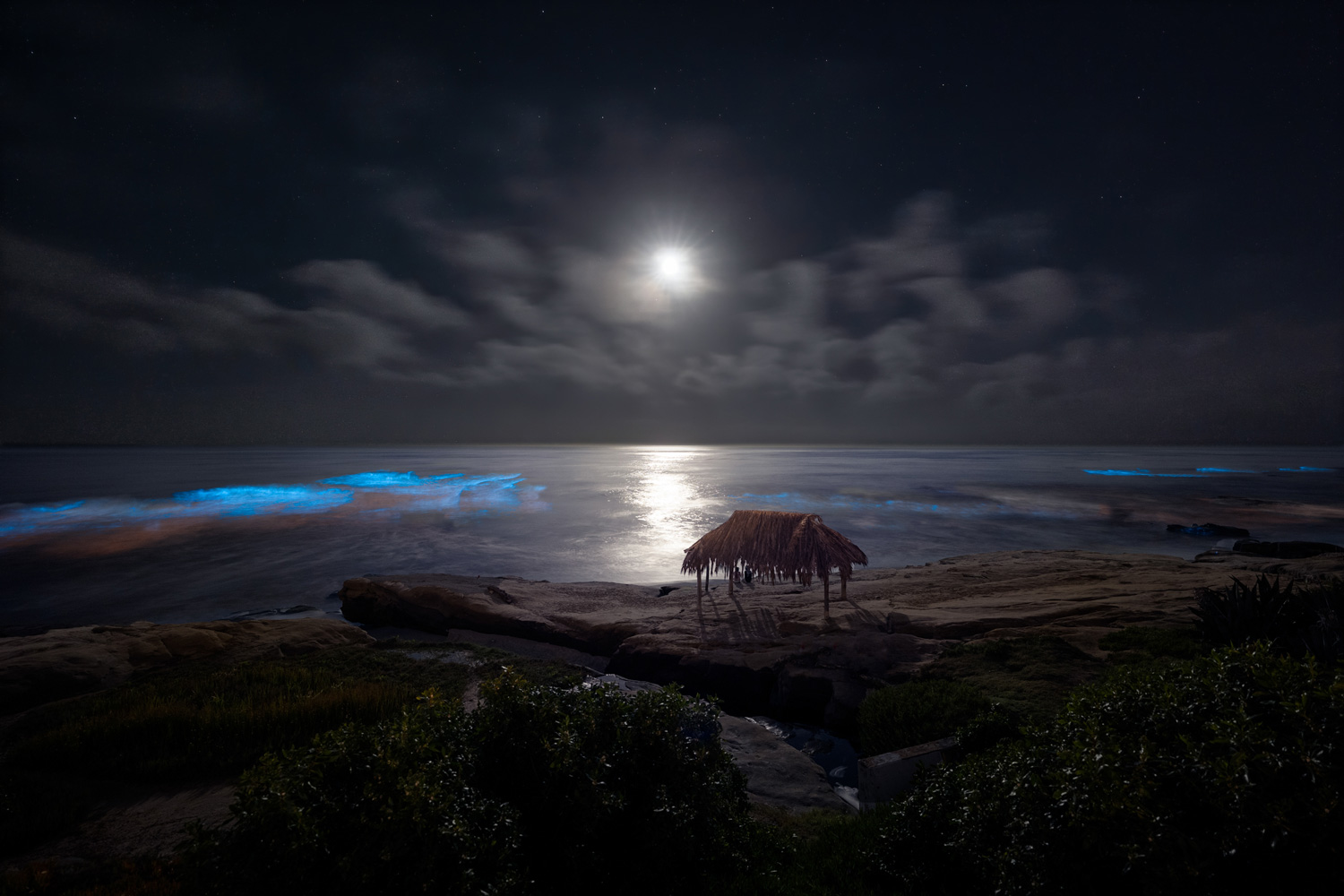
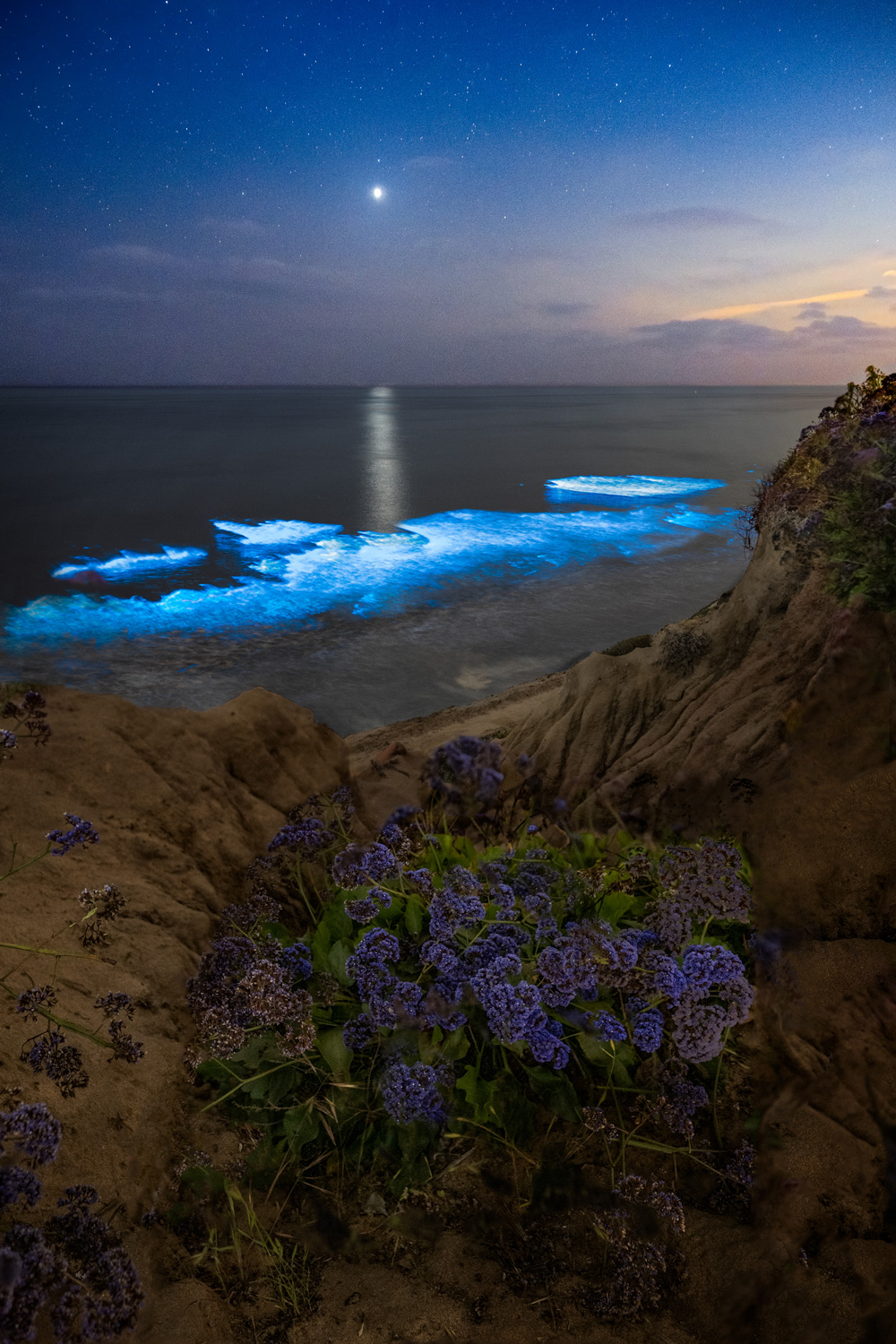
14mm F1.8 DG HSM | Art
The 14mm F1.8 DG HSM | Art lens has long been one of my favorite lenses. The widest lens in the SIGMA Art line, it’s probably the lens that leaves my bag the least. Whether I’m shooting a timelapse of the Northern Lights, or trying to capture a huge view of the stars, this lens has been my go-to on countless nights.
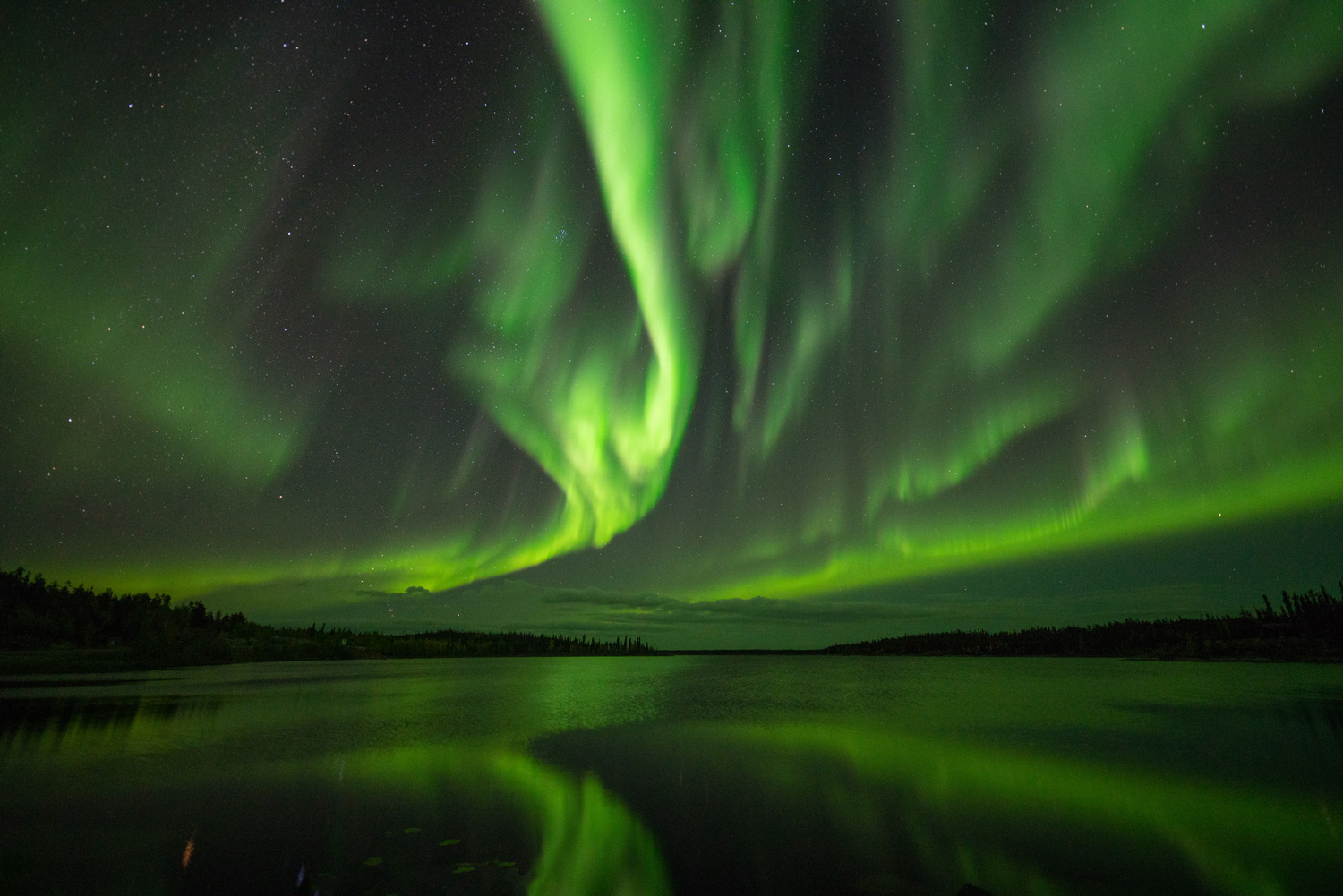
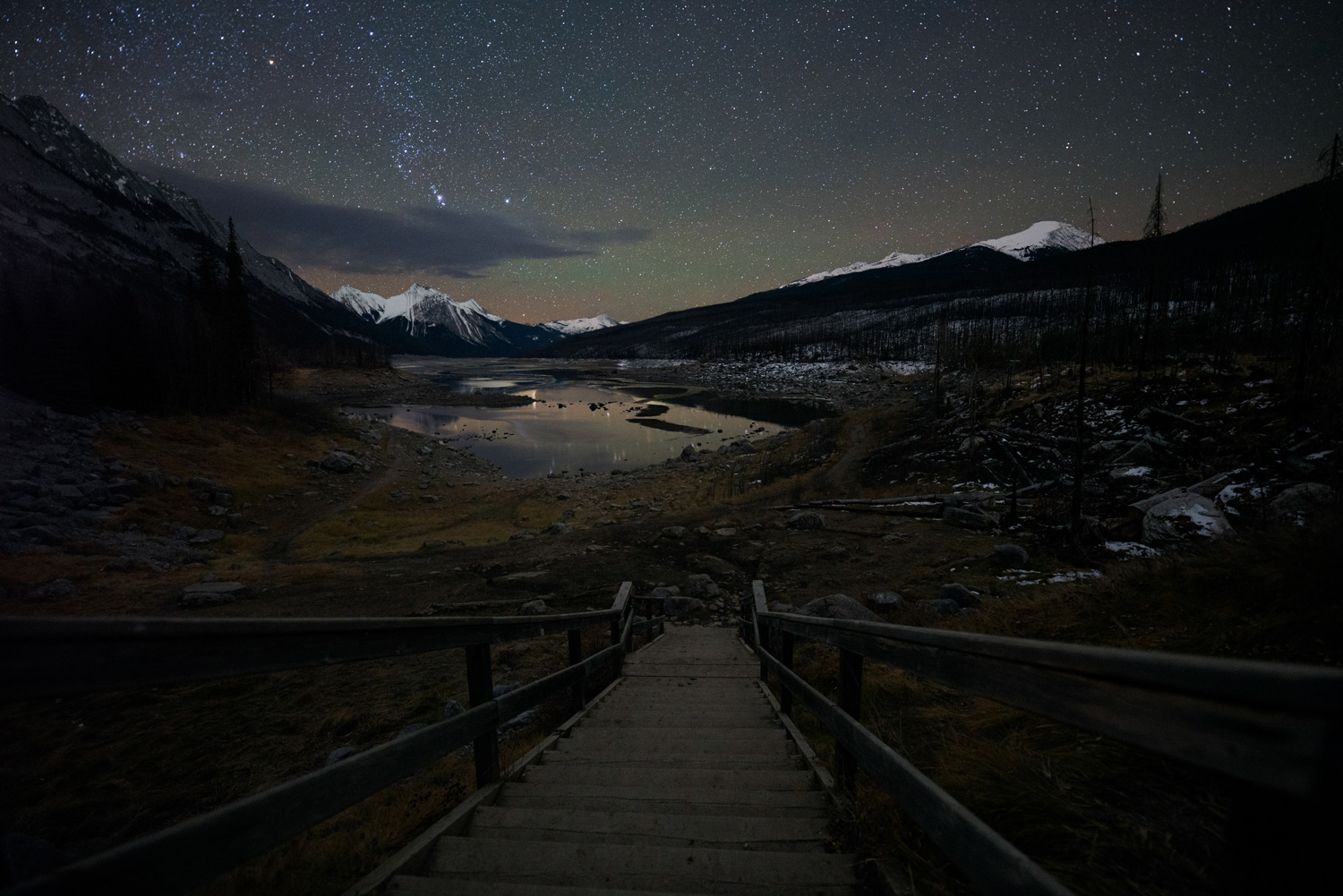
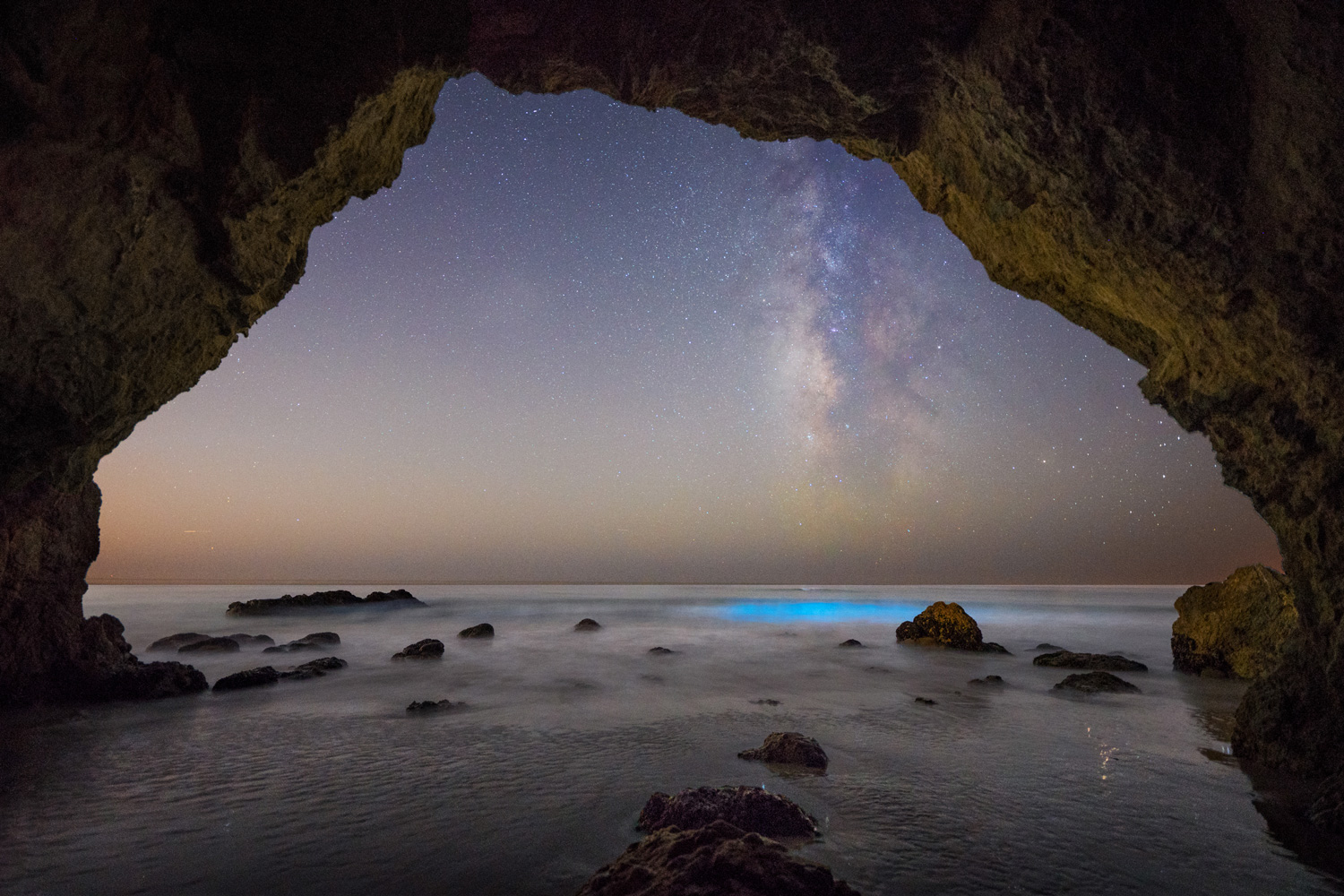
20mm F1.4 DG DN | Art
Without a doubt, the 20mm F1.4 DG DN | Art was designed for astrophotography. I had the good fortune of being one of the first people to take this lens out under the stars, and it immediately earned a permanent place in my bag.
In addition to being incredibly sharp in the corners when shot wide open, there’s a new Manual Focus Lock feature that you’ll want on every single lens you take under the stars.
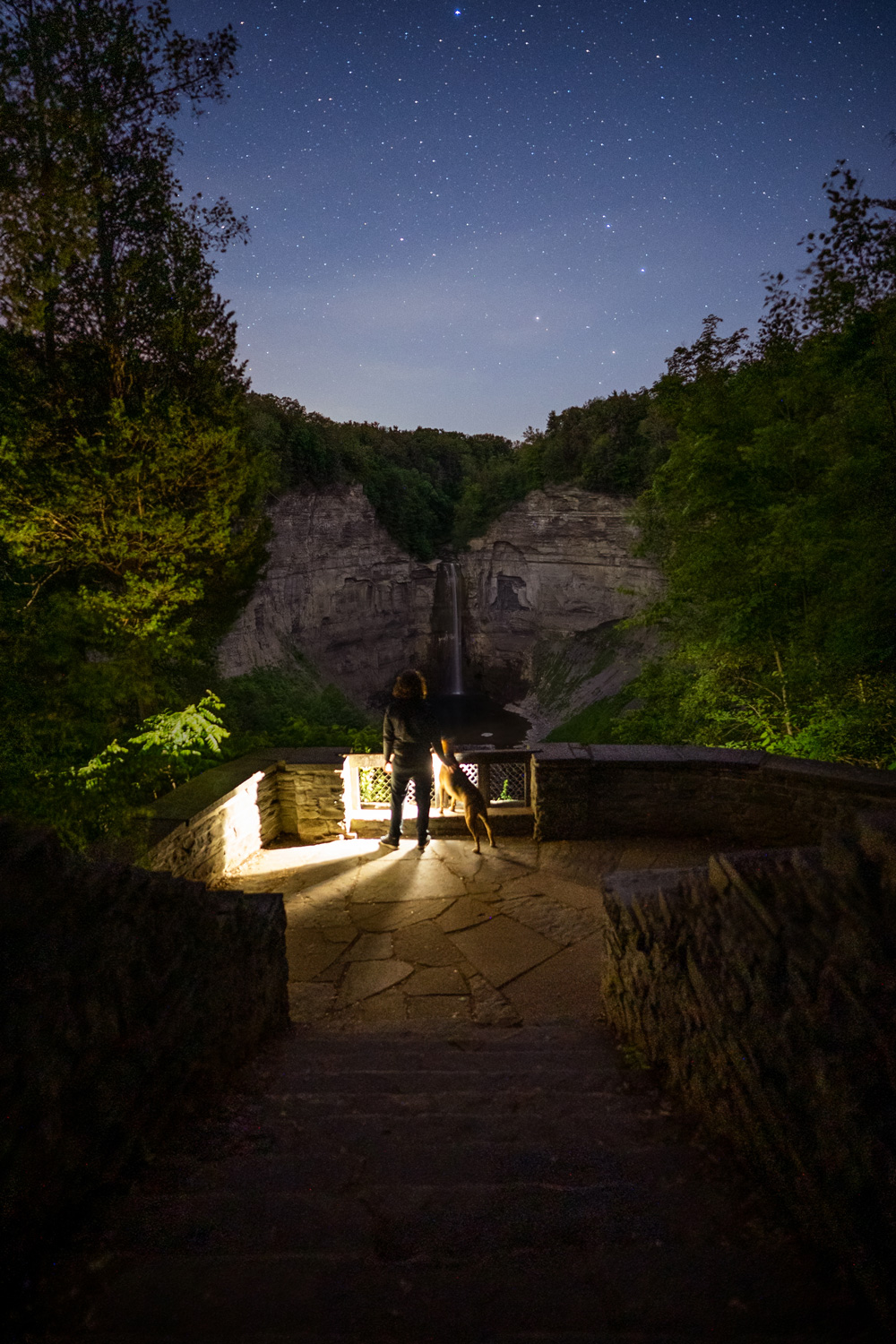
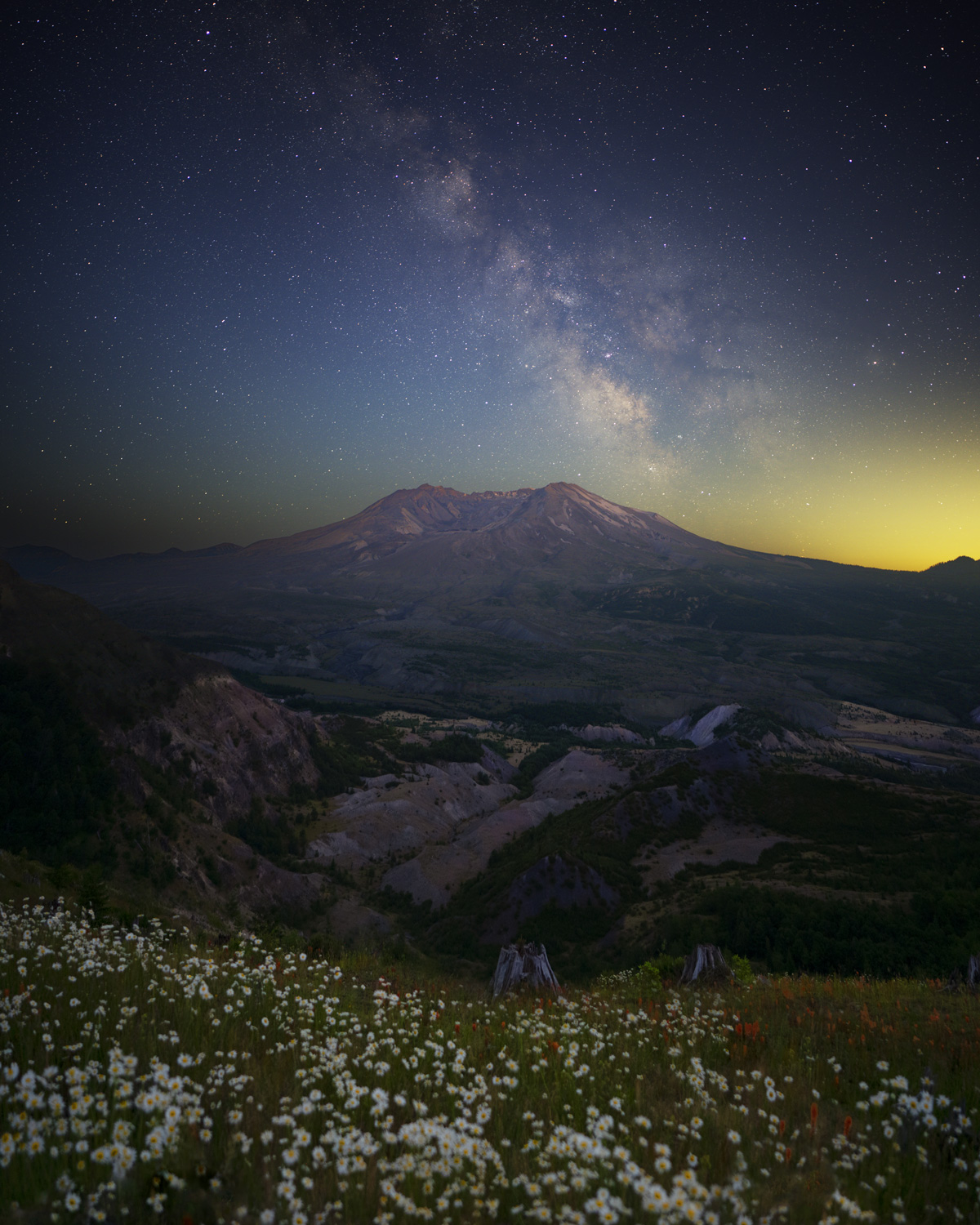
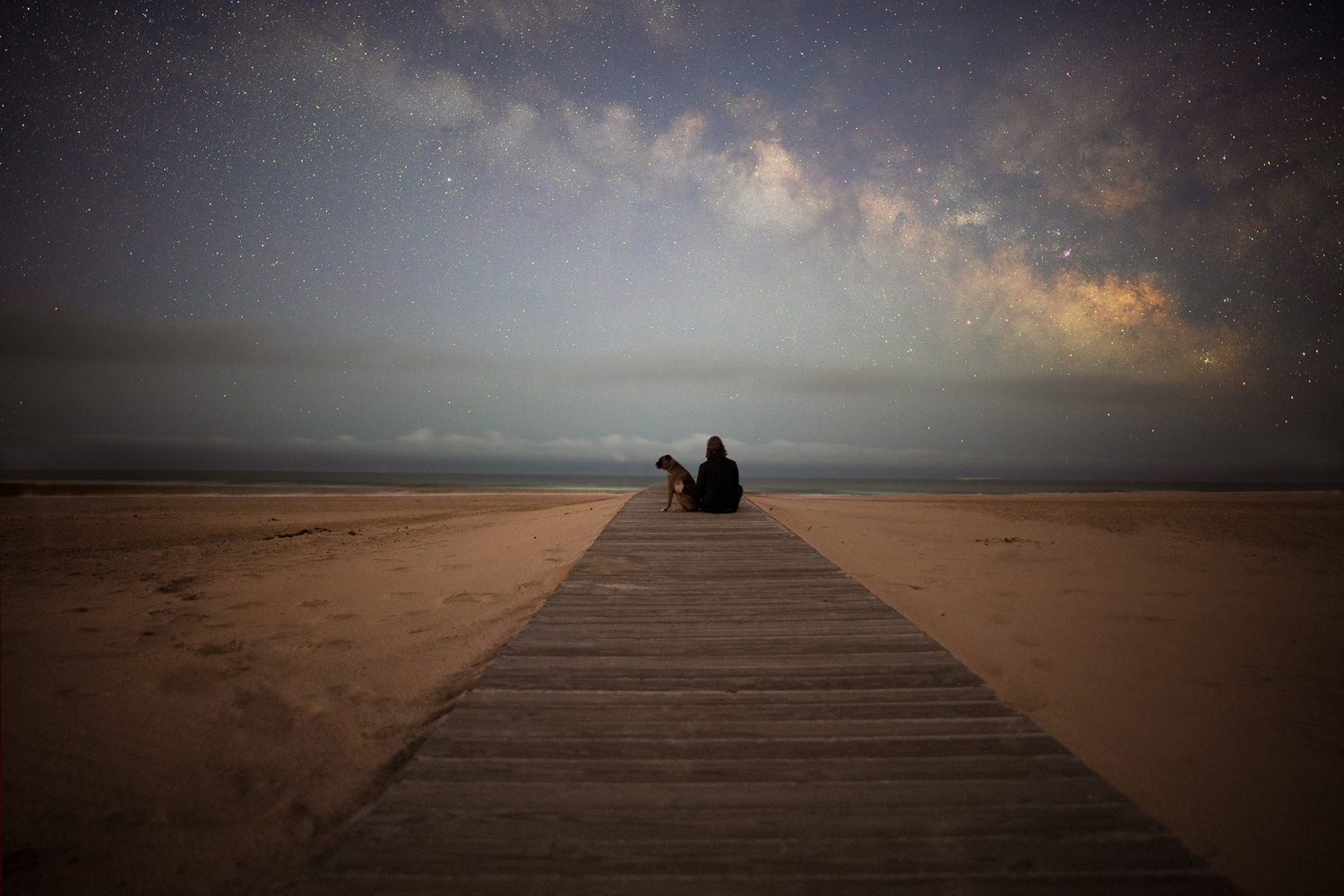
20mm F2 DG DN | Contemporary
The 20mm F2 DG DN | Contemporary might go down as the lens I least expected and most wanted to keep. The SIGMA Contemporary line might go overlooked for the more popular Art lenses, but it might be one of the best kept secrets that needs to be shared loudly. From the second I had one of these I series lenses in my hand, I was instantly impressed with its all-metal construction. Pair that with great optics and incredibly small footprint and it’s a lens that will win a spot in many bags.

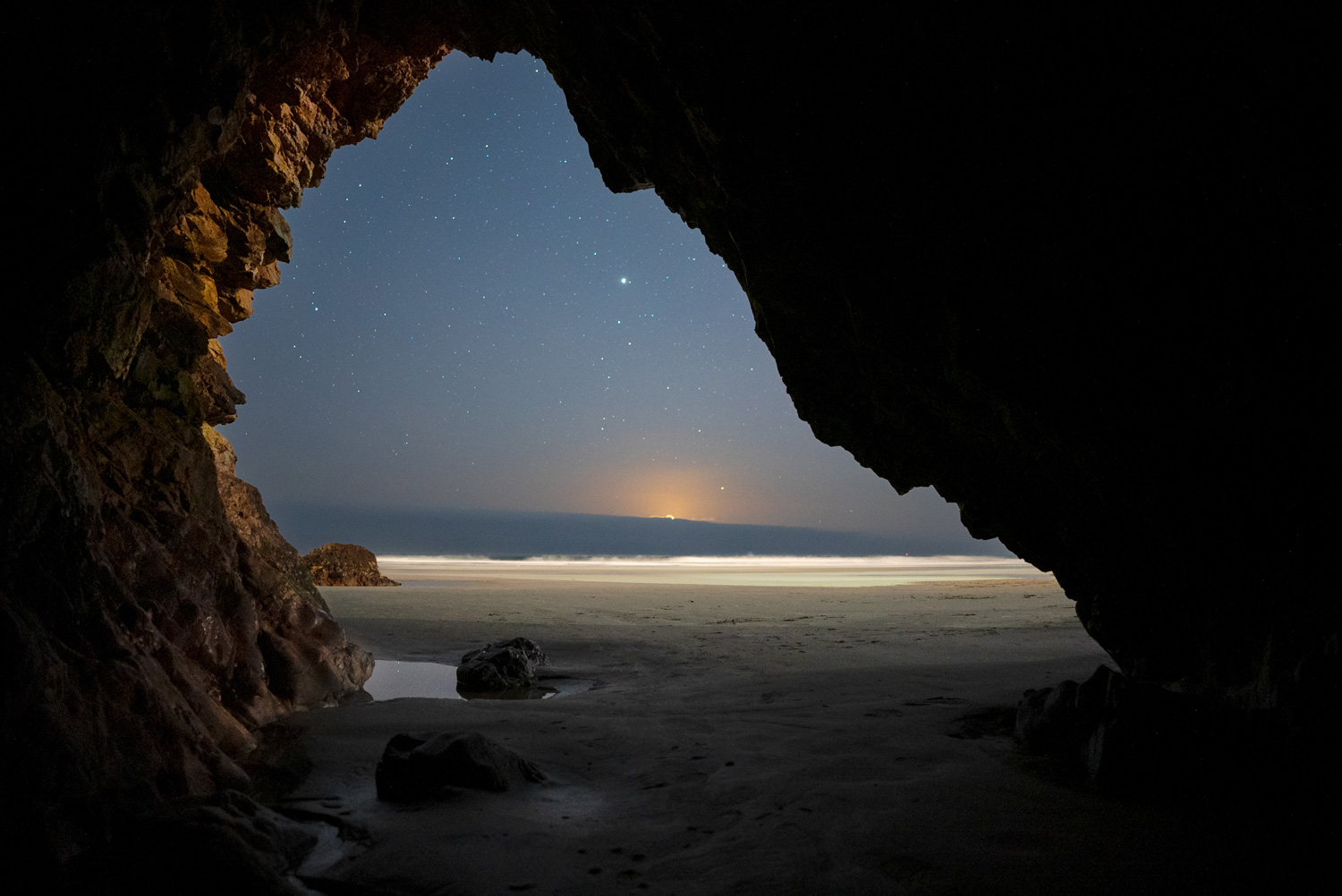

SIGMA 24mm F1.4 DG HSM | Art
One of the first SIGMA lenses I ever took into the field, the 24mm F1.4 DG HSM | Art has long been a favorite. Along with the 50mm (more below), this fast aperture duo instantly won me over. The 24mm focal length is great for both single photos and for shooting massive panoramic images.
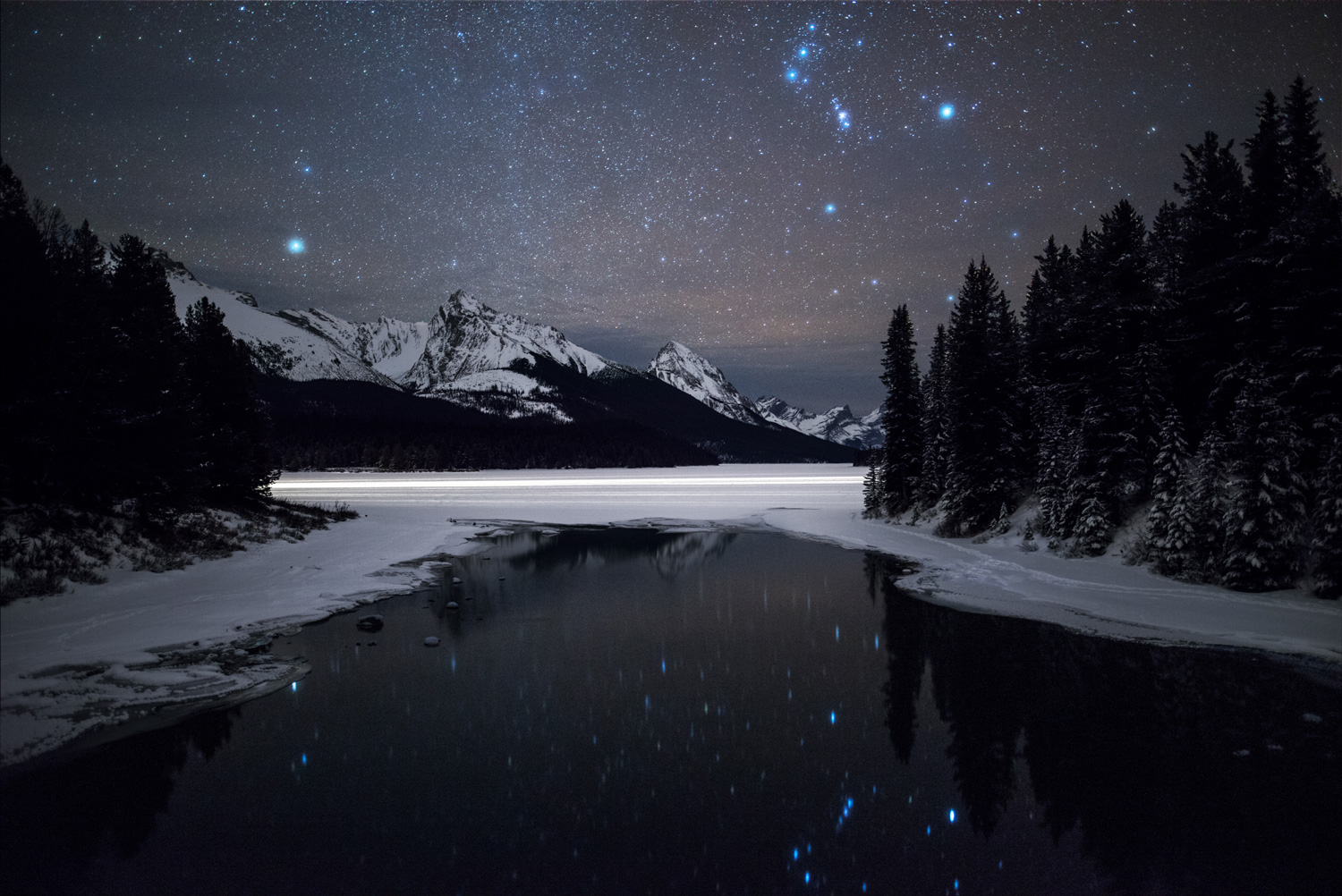
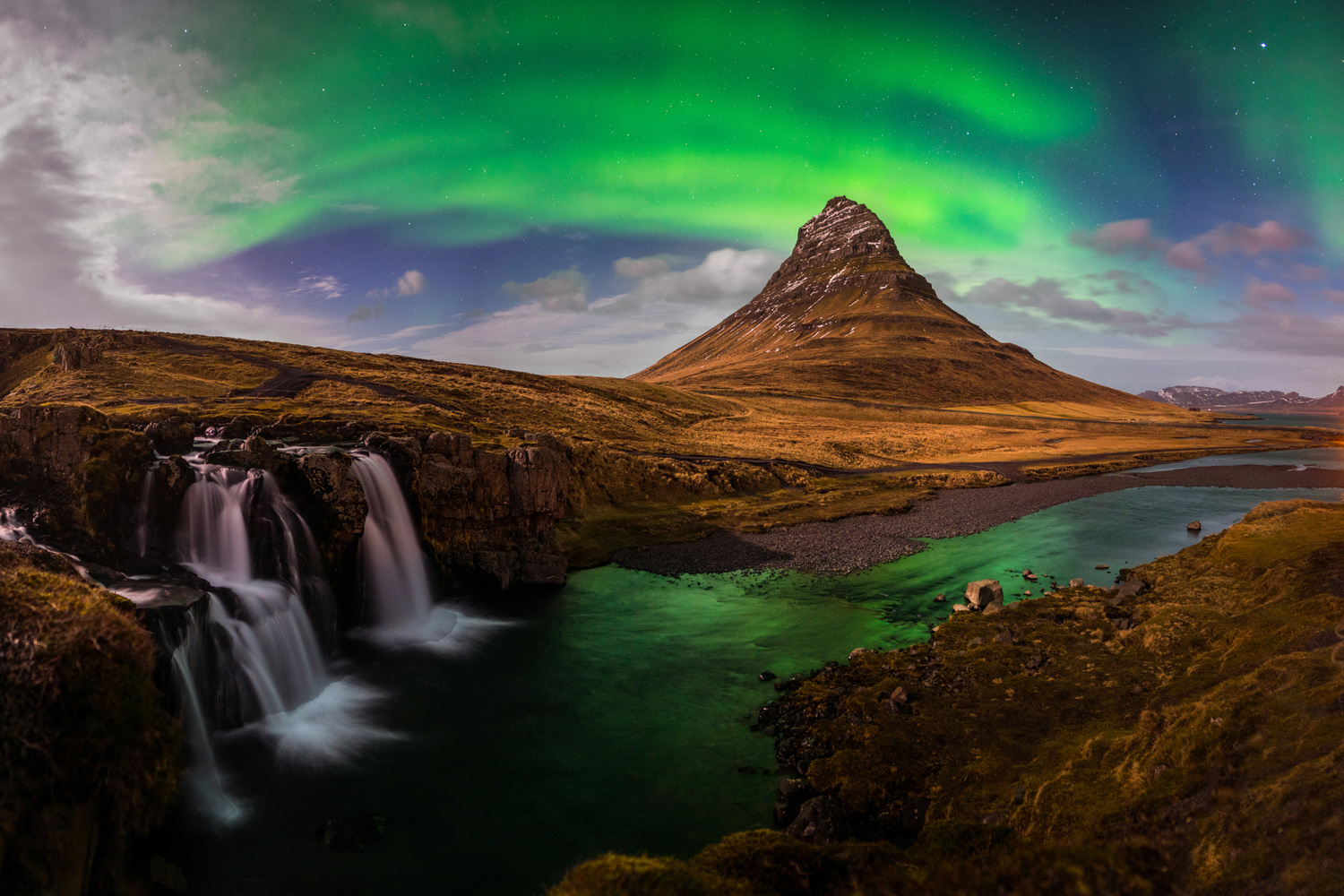
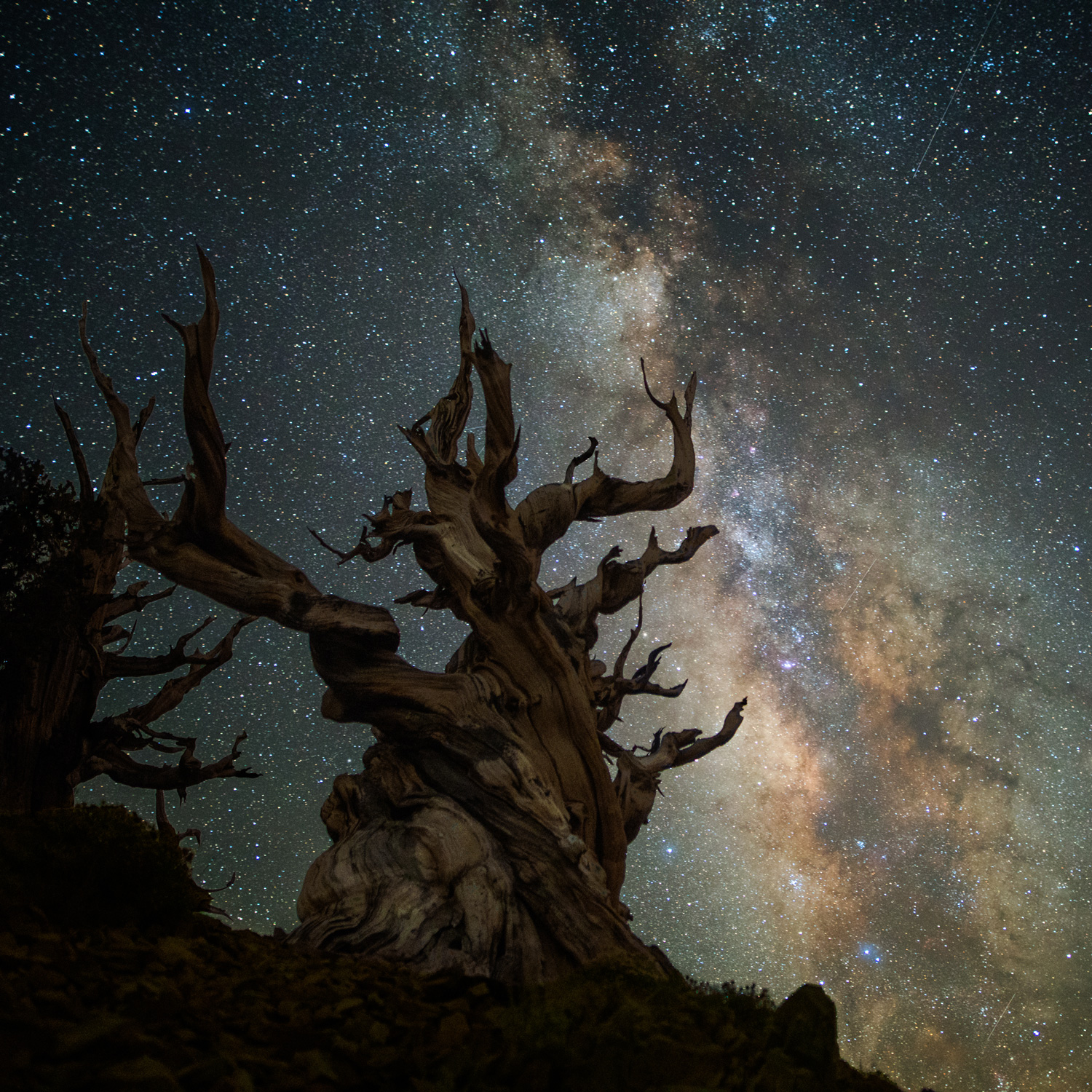
SIGMA 28mm F1.4 DG HSM | Art
In my opinion, the 28mm F1.4 DG HSM | Art one of the most overlooked lenses in the Art line. This lens, along with the 40mm Art (more below), was built alongside their equivalent SIGMA CINE lenses. So, it’s slightly larger in size, but insanely sharp and high quality.

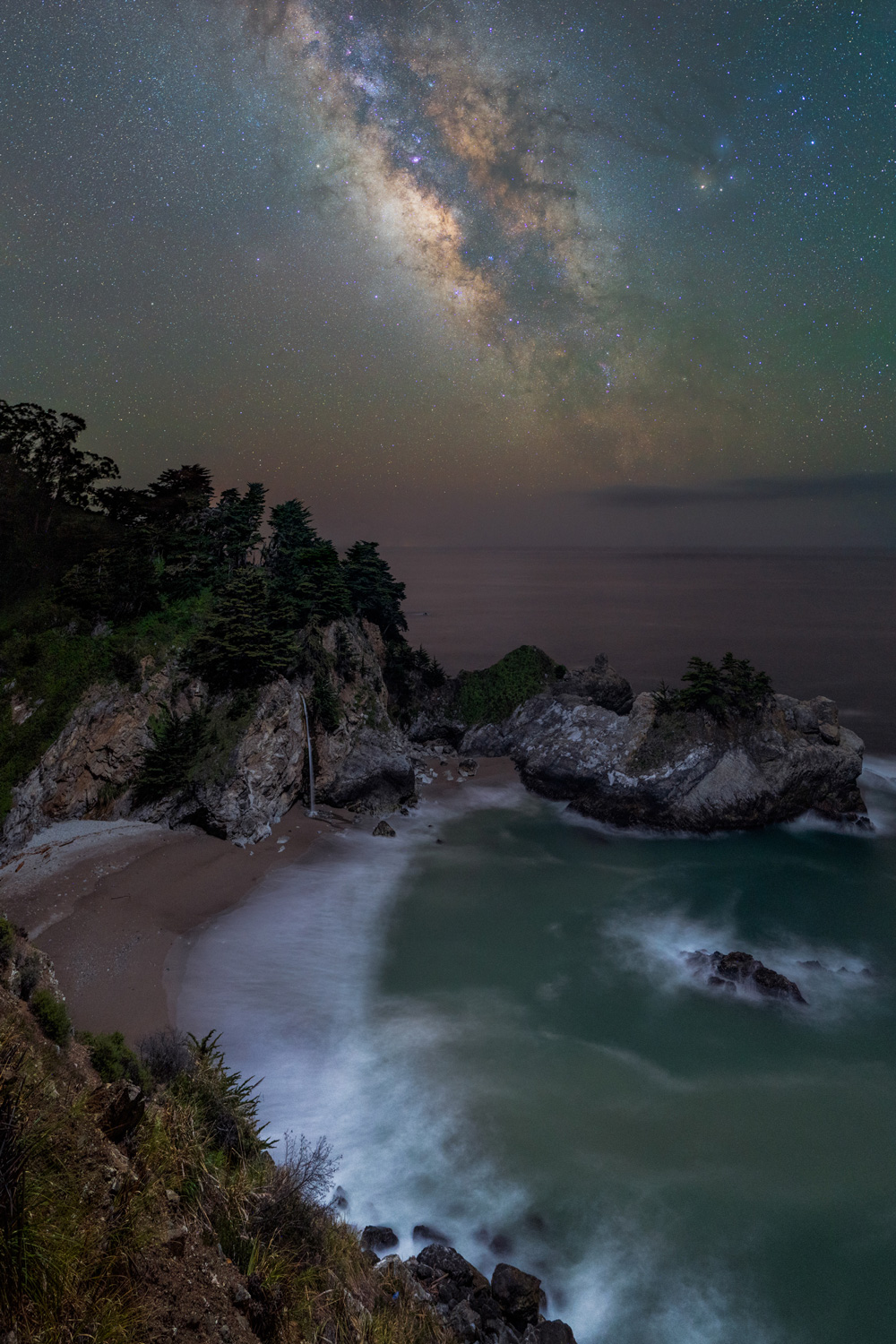
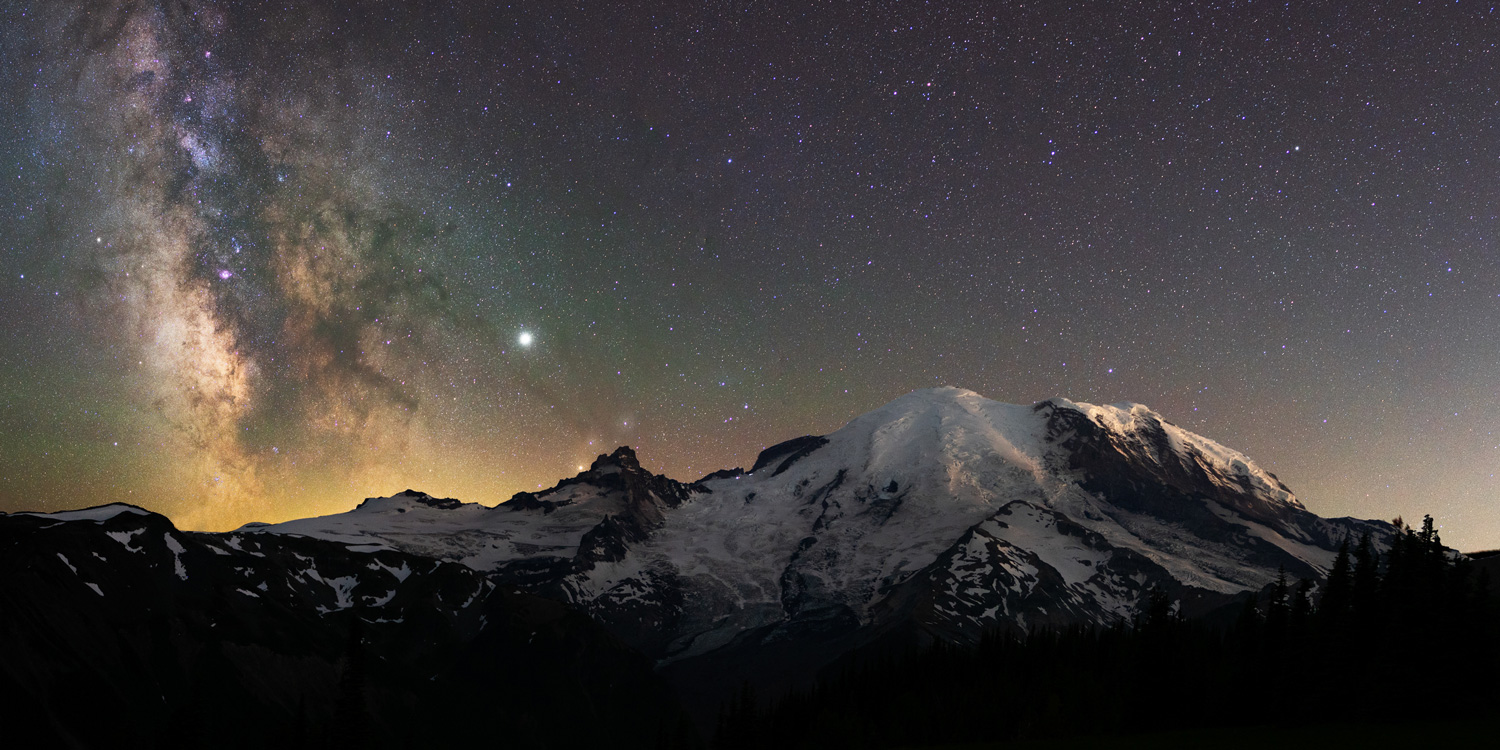
SIGMA 35mm F1.4 DG DN | Art
The 35mm F1.4 DG DN | Art is an update to one of the most iconic lenses in the SIGMA Art line. The DG DN (DG = full frame, DN = mirrorless exclusive) brings a new level of sharpness to the 35mm focal length.
The HSM version (which is still a great lens) was long one of my favorites to head out under the stars with. So, it made perfect sense that an updated version of this lens would fit perfectly into that slot in my bag. While I personally use this lens under the stars, it’s also a great focal length for portraits and daytime landscapes, making this a great choice for any photographer.
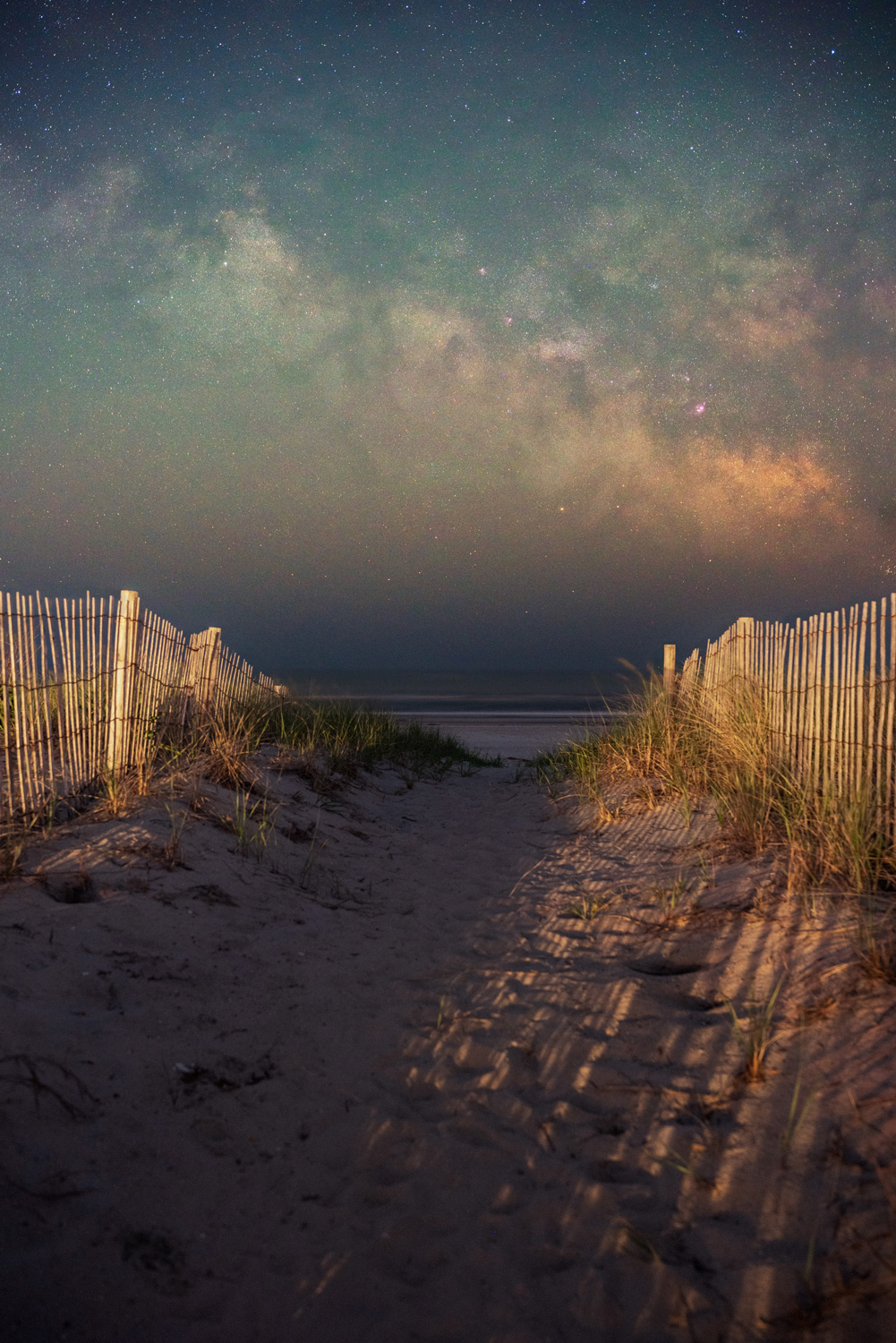
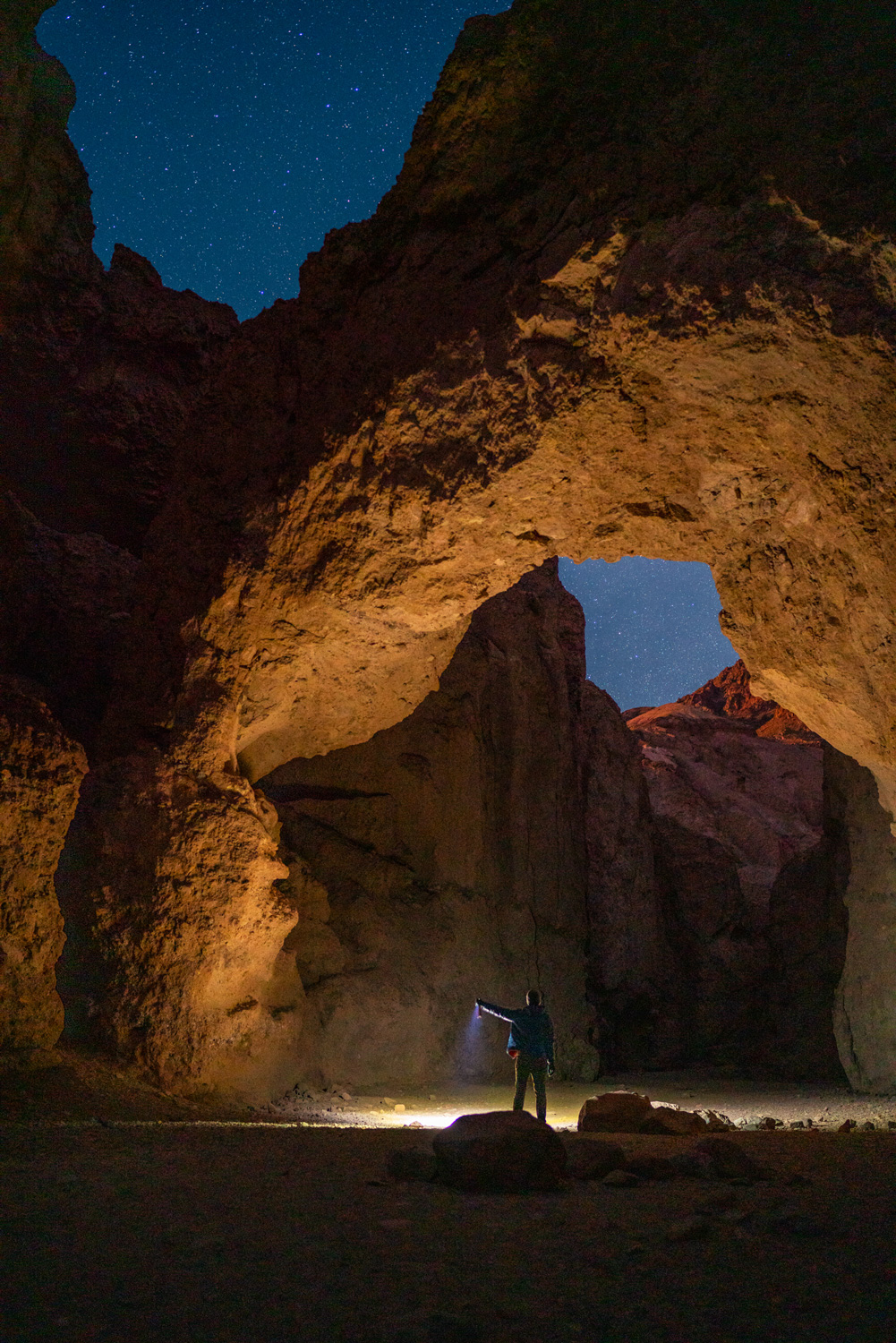
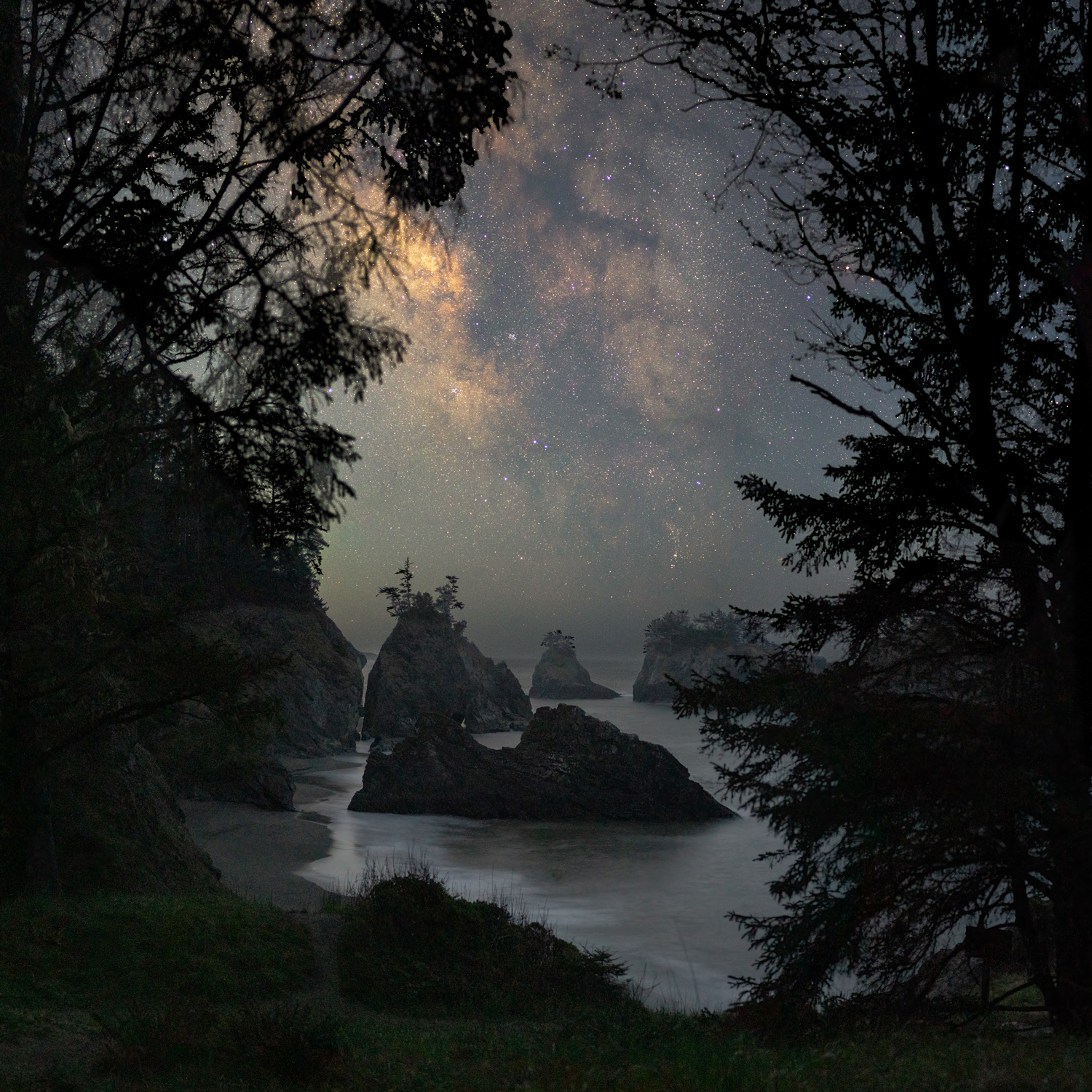
SIGMA 40mm F1.4 DG HSM | Art
Like the 28mm mentioned above, the 40mm F1.4 DG HSM | Art was designed with ultimate sharpness in mind to coincide with its CINE counterpart, and it shows. For amazing image quality with a more natural perspective – making it a pretty versatile lens for more than just dark skies – the 40mm is hard to beat.


SIGMA 50mm F1.4 DG HSM | Art
The SIGMA 50mm F1.4 DG HSM | Art, along with the aforementioned 24mm F1.4 DG HSM | Art, was one of the first two Art line lenses that I took into the field. It’s the lens that pushed me to start using tighter focal lengths under the stars and is still responsible for some of my favorite images nearly 8 years after first using it. The sharp corners and massive amount of light let in from the fast aperture are the classic astro traits needed in a lens.
Whether you’re using this lens to fill your frame with the Milky Way, or using it for a portrait session, you can’t go wrong with a 50mm lens in your bag.
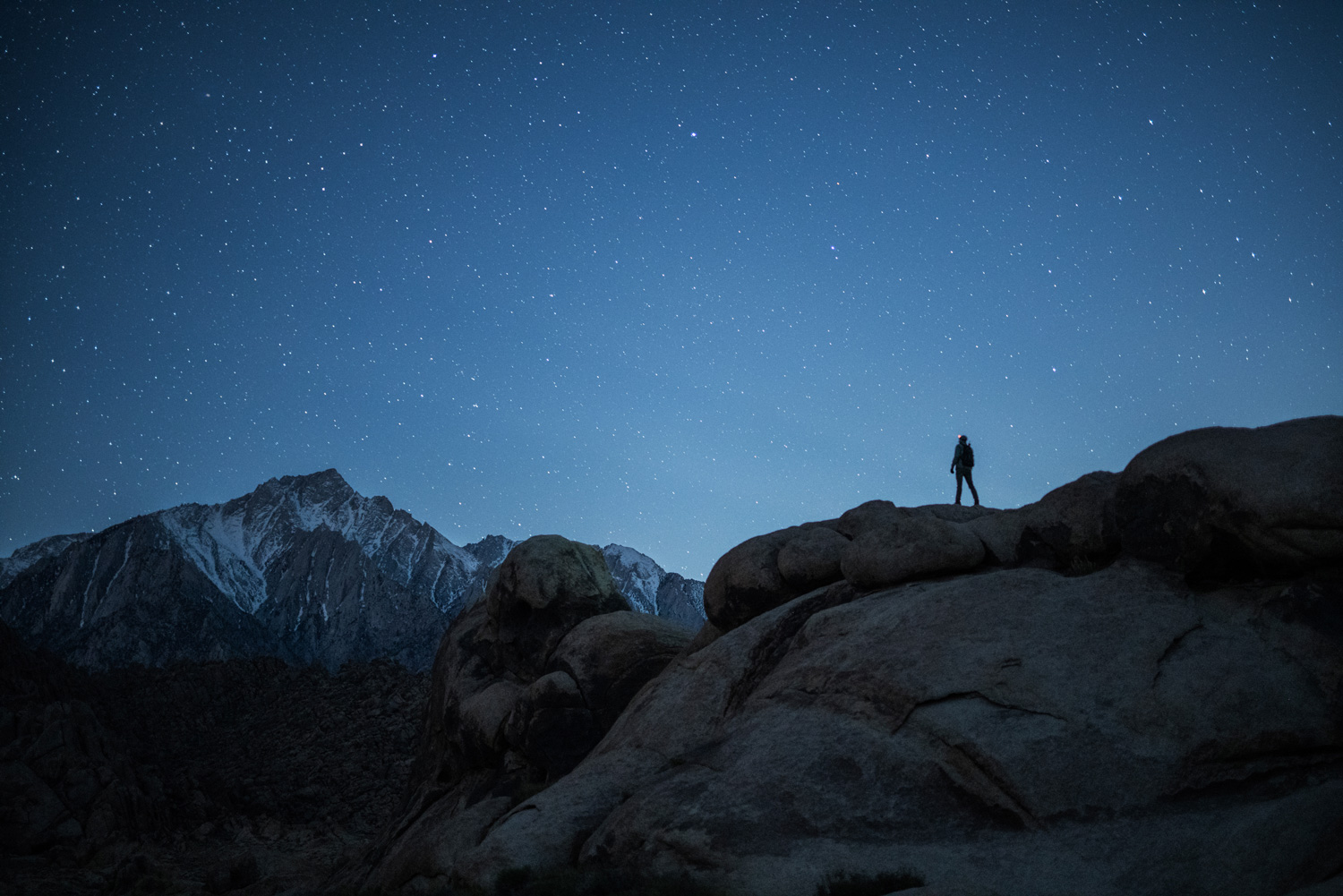


SIGMA 105mm F1.4 DG HSM | Art
The 105mm F1.4 DG HSM | Art, aka the “Bokeh Master”. This lens has a reputation and for good reason. Insane optics that hold nothing back. You can take a look at the corners of the images below shot at F1.4 to judge the incredible quality of this lens.
Responsible for one of my favorite images of Comet NEOWISE from Joshua Tree National Park, this lens does nothing but impress with its results. That said, to achieve that super fast F1.4 at 105mm, the optics were not restrained at all in terms of size and weight, so while it might make your arms tired, the “wow” from the results will more than make up for it. Of course, the benefit of using this lens for astro is that it’s always on a tripod 🙂


SIGMA 14-24mm F2.8 DG HSM | Art
SIGMA 14-24mm F2.8 DG DN | Art
The beloved 14-24mm focal range, maybe the most traditional and often used focal range within the astrophotography and landscape genres. Being able to capture the ultra wide field of view through the tighter 24mm at a constant F2.8 aperture makes this lens an exceptional choice to head out with.
The 14-24mm F2.8 DG HSM | Art (for DSLRs) and 14-24mm F2.8 DG DN | Art (for mirrorless) are wide zooms that produce incredible results under the stars. If you’re looking to save space, weight or looking for a solution to cover those wider focal ranges, look no further.
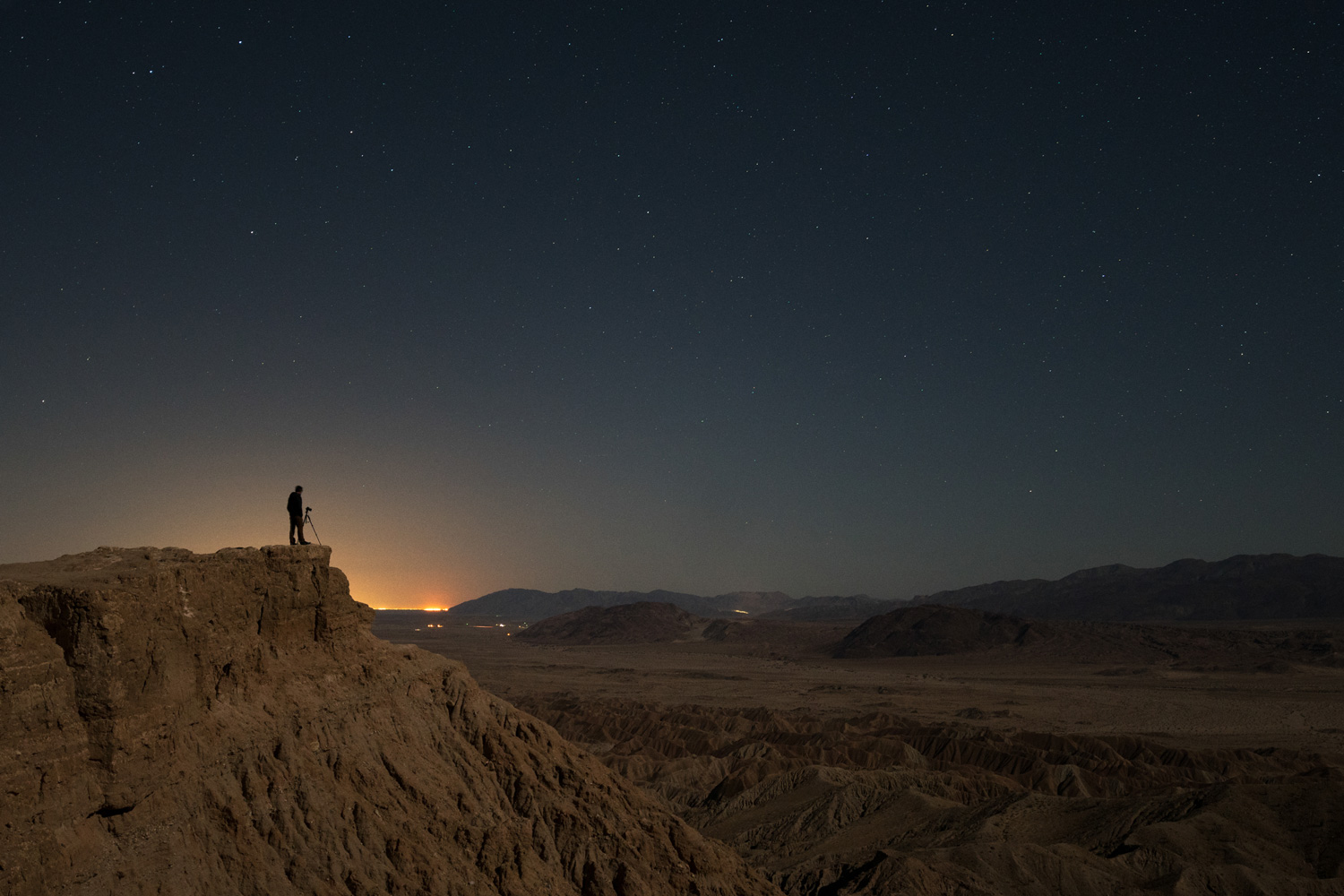
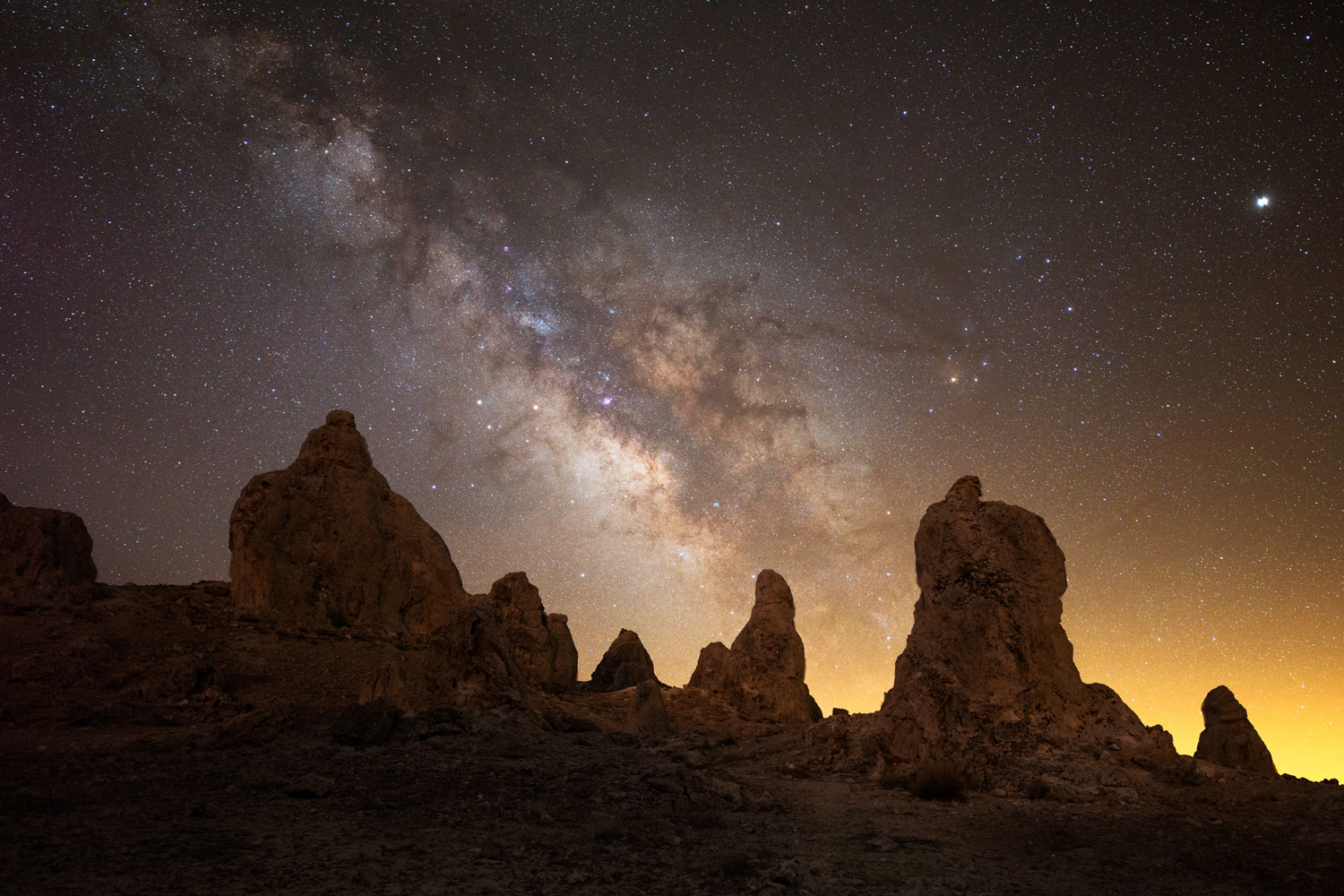
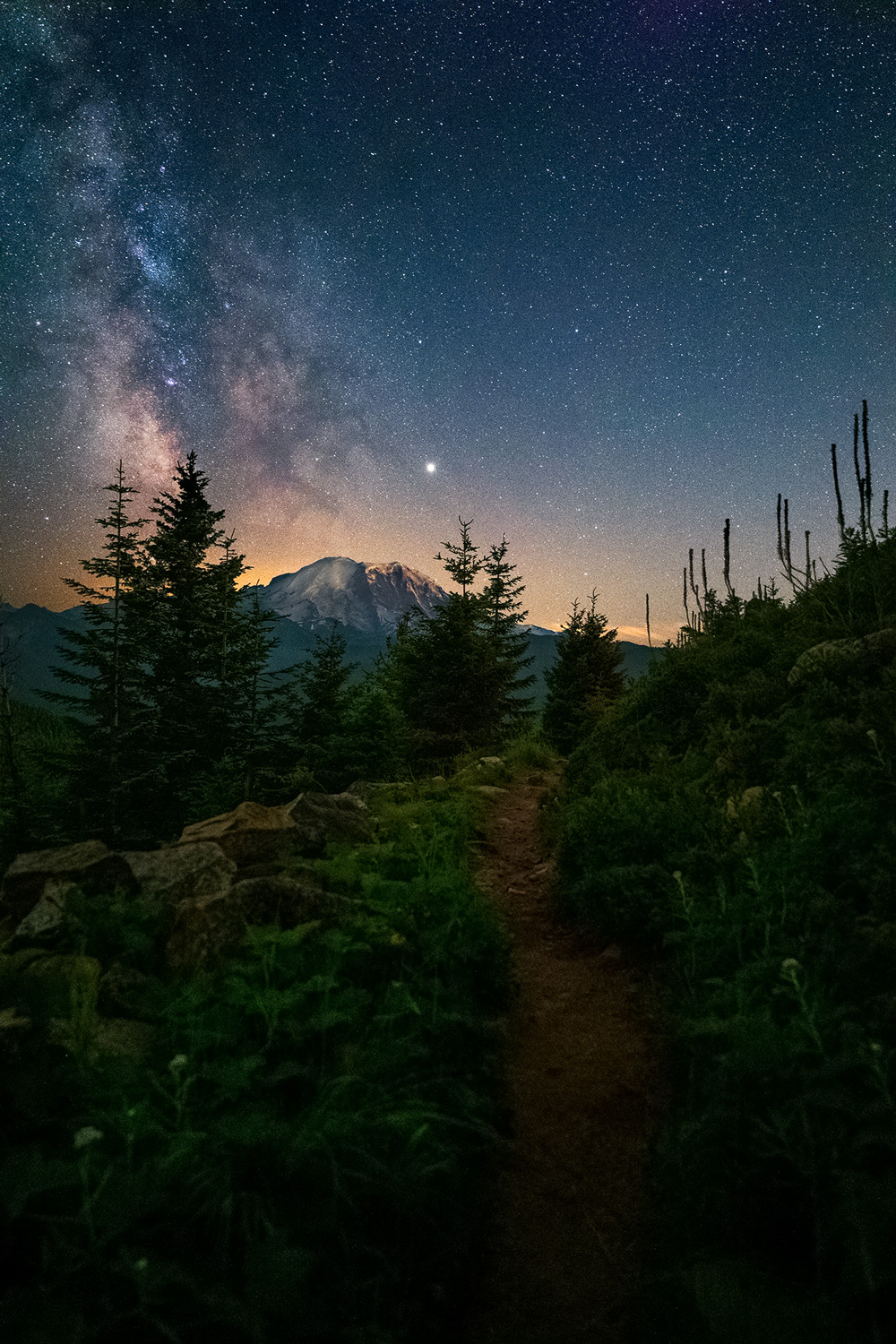
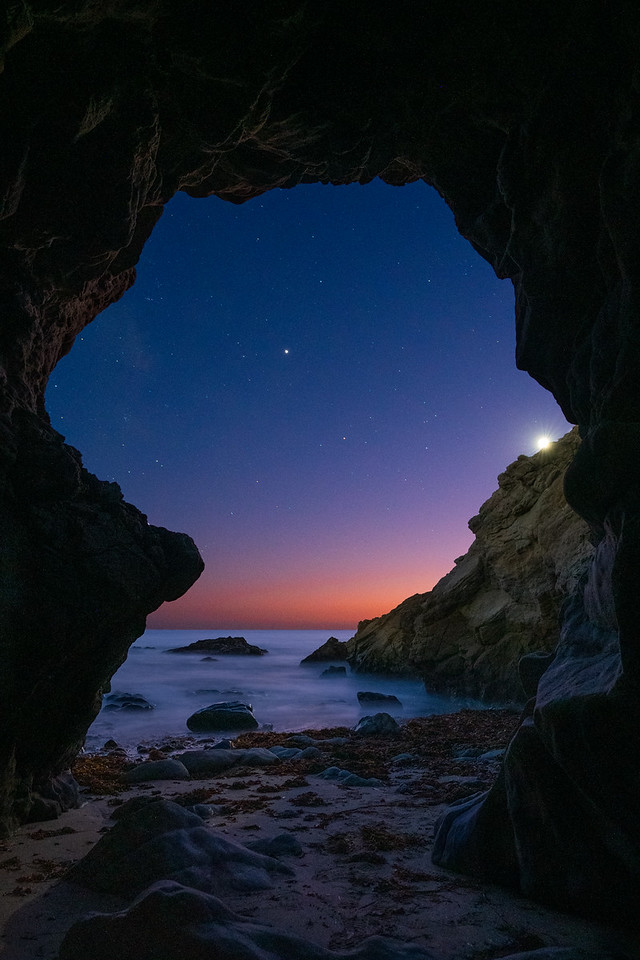
SIGMA 16-28mm F2.8 DG DN | Contemporary
A newer lens in the growing and impressive Contemporary lineup from SIGMA. Coming in at just 15.9 ounces (450g), the 16-28mm F2.8 DG DN | Contemporary makes for a fantastic travel option in your bag. While at face value, it may seem very close to the 14-24mm in focal range, you might be surprised by the difference. You’ll give up a small bit on the ultra-wide side, but the added reach from 24 to 28mm gives a lot of options, and the reduced size and weight (and price) makes it a more accessible wide-angle zoom for even more photographers.
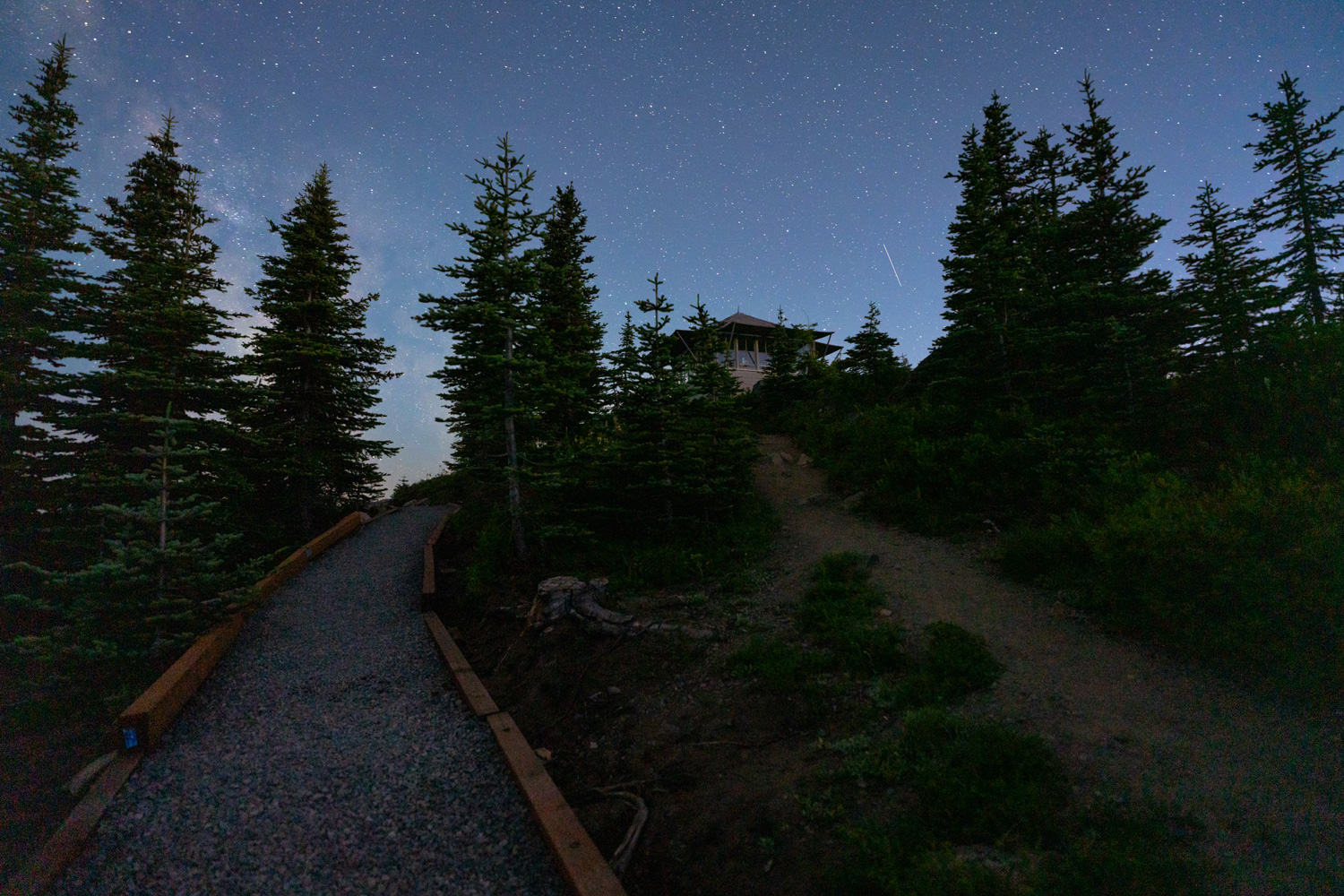

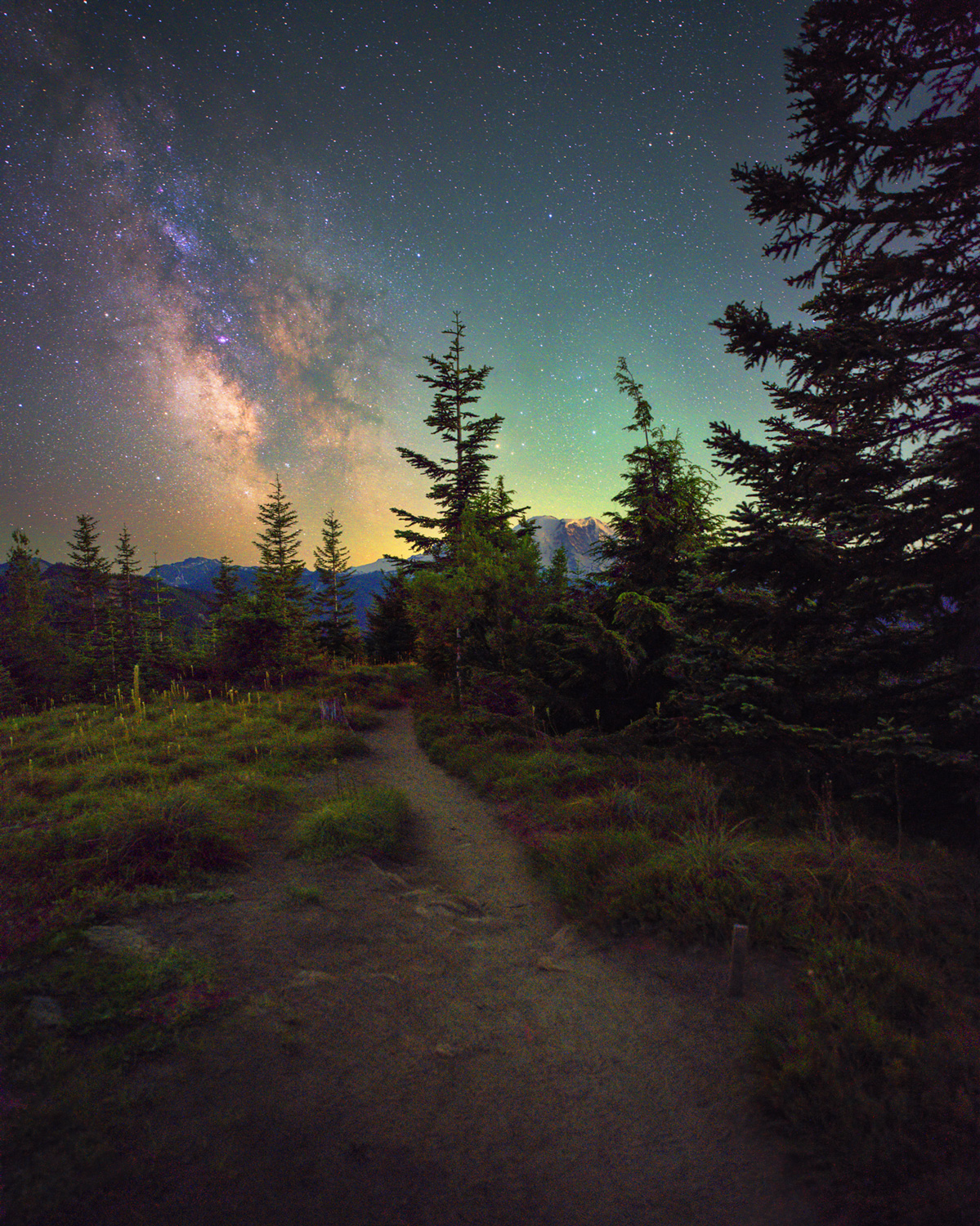
SIGMA 24-70mm F2.8 DG OS HSM | Art
This lens will be no stranger to many photographers of every genre. That is, maybe aside from astrophotography. It’s not a super common focal range to use for astro, but it’s just as versatile at night as it is during the day. I set out with the 24-70mm F2.8 DG OS HSM | Art lens across a number of scenarios to prove just how well this lens can perform at night, and the results speak for themselves. I haven’t used the 24-70mm F2.8 DG DN | Art version for mirrorless yet, but I’m looking forward to giving that one a try as well!
